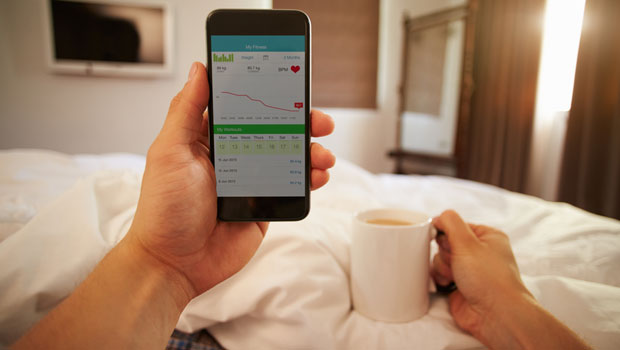The Bolus Bonus — Dial Up to Chow Down

I know a famous endocrinologist, also a Type 1, who is fond of “Dos Manos” burritos. For the Spanish-challenged, “dos manos” means “two hands,” which is how many you need to hold this fabulous concoction of beef, cheese and beans that contains the adult daily requirement of calories and carbs for a man, or two men, digging ditches. My endo friend doesn’t dig ditches — although he does ride a bike. How can he possibly combine ”dos manos” with his diabetes?
The answer is as easy as 1, 2, 3 — or rather, 10, 20, 30 as in units of insulin he can dial up on his pump to match his occasional (key word!) indulgence. His story points out a big bonus for PWD using insulin, particularly those who are on pumps combined with CGMs. In non-insulin diabetes therapy, conventional advice is to take your planned daily intake of calories and carbs and spread it over 5-7 “eating events” during a day so that the impact of carbohydrates on blood sugar level is spread out. Blood glucose testing with a glucose meter approximately 90 minutes to 2 hours after a meal is a valuable tool to help evaluate your response to food choices.
With insulin, you can do the good old “3 squares a day” thing. You can choose when you want to eat, and dial up the appropriate dose to match food (specifically carbohydrate) intake. The advantage of using insulin, particularly if you combine a pump and a CGM, is that you can eat more like a person without diabetes — even an occasional hot fudge sundae or Dos Manos burrito.
Before you shout “free at last” from the rooftops, however, remember that just because you can indulge doesn’t mean that you should make it a habit. There is NO substitute for a healthy, balanced diet for all of us, PWD or non-PWD.
Plan your diet around foods you enjoy, including foods that benefit your overall health. Seek assistance from a registered dietitian (RD) or certified diabetes educator (CDE). They are specially qualified to help you work in the foods that you crave with a healthy meal plan. You can coordinate your meal plan choices with your family members. In every family, even without the presence of diabetes, most people have different needs but eat similar foods for many meals during the week. If you live alone, and/or prefer convenience or prepackaged foods, read labels to be aware of fat, calorie, carbohydrate and sodium content of referenced serving sizes.
With diet, you can’t “set it and forget it.” Changes — or just some fine-tuning over time — may be necessary, based on your particular medical therapies, weight status and glucose levels.
Remember — just because you can indulge doesn’t mean that you should make it a habit.
POINTS TO CONSIDER
1 The good news about indulging in “treats” is that most of us are not random indulgers; we like a few special things above all others. So if fudge sundaes or pecan pie, or lasagna, or buttery mashed potatoes are your favorites, get to know the carbs, calories, fat and sodium levels in a serving size that will satisfy the craving. That should take a lot of the guesswork out of your correction factor.
2 Consider using the glucose monitoring technique called “paired testing” — meaning testing before and approximately 2 hours after eating your “indulgence” food of choice to see how your body reacts to a given pairing of insulin and the chosen food.
3 Insulin can only deal with the impact of carbohydrates that break down into sugar inside our body. Your glucose may be fine, but if you’re piling on the calories and fat time after time, you are setting a trap for yourself in the not-so-long term. Keep in mind that weight control is an important part of blood sugar control, as is maintaining a healthy diet. Consider “how much and how often” — and plan for treats.
4 Bolus dose settings may also need to be adjusted for high-fat foods, which take longer to digest. A high-fat food such as cheese, pepperoni and sausage pizza may keep blood glucose levels elevated for several hours because of the high fat content and thanks to the carbohydrate content of the crust.
5 Consider trade-offs. If you know you’d really like a serving of a special dessert at a special-occasion meal, perhaps passing on the rolls and potatoes at that same meal may help balance out the equation.
Three hot fudge sundaes aside, anyone with diabetes should have a general eating plan – a target for calories and carbs each day. The plan is different for everyone. It depends on age, weight, activity level, and work/life schedule. There really is no one size-fits-all solution: Your body chemistry is unique to you.






